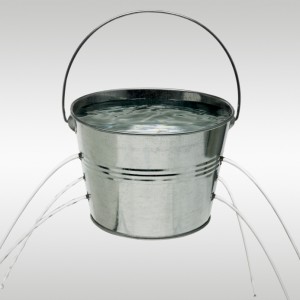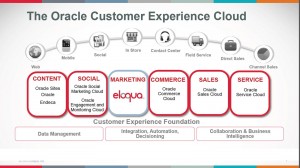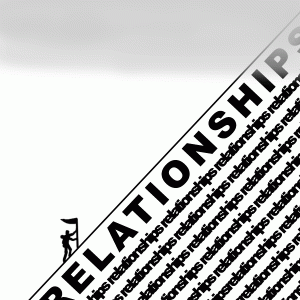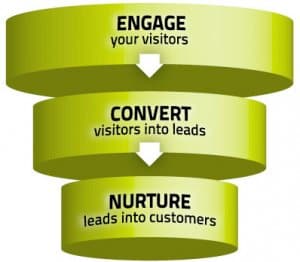Three Ways to Plug a Leaky Sales Funnel
 Do you have B2B leads that aren’t converting to sales because they are falling through the cracks of a poorly managed sales funnel? If your company’s lead management system isn’t preserving your marketing leads, you’re not alone. According to B2B experts, 80% of leads aren’t converted because of poor lead management. The good news is there are ways to keep your sales funnel from leaking.
Do you have B2B leads that aren’t converting to sales because they are falling through the cracks of a poorly managed sales funnel? If your company’s lead management system isn’t preserving your marketing leads, you’re not alone. According to B2B experts, 80% of leads aren’t converted because of poor lead management. The good news is there are ways to keep your sales funnel from leaking.
Marketing Automation
Marketing automation (MA) software packages provide a programmed method of maintaining a connection with leads while they are being nurtured towards sales-readiness. An MA program helps prevent funnel leakage through a reporting structure which exhibits the status for each marketing lead.
If you’re running a lean sales team, agents are likely balancing the management of existing accounts and new account acquisition. Agents can quickly lose focus on a lead. An effective MA program engages your leads until they are contacted by a sales representative.
MA also allows your sales team to determine a contact strategy for building new accounts; it helps manage leads through a process of qualification, interest building, and preparation for sales engagement. When a sales agent contacts a lead, she is aware of the marketing activities that lead has been exposed to.
Lead Scoring
Developing a lead scoring system helps to prioritize and cultivate leads – and keeps leads from dropping off the face of your B2B world. A good lead scoring model identifies worthwhile leads and classifies leads as they advance through the sales funnel. Once a lead achieves a score that warrants a sales contact, an MA program can alert the appropriate sales team member.
Not only does a lead scoring system reduce the likelihood of a lead being improperly dropped from the sales funnel, it also increases the efficiency of your sales team by allowing it to focus on the hottest leads, which are indicated by the highest scores. Meanwhile, cold leads can be removed systematically. For example, leads can be eliminated from consideration when they drop below a lead scoring threshold.
CRM Integration
By blending your marketing software program with your customer relationship management software, your sales team becomes more effective at managing its sales funnel. If a lead enters the CRM because of a high lead score, but it’s discovered by a sales agent that circumstances have changed, such as a change in budget or timing, a sales member can return the lead to the marketing pipeline for further nurturing.
The B2B sales cycle is long, and sales engagements can be mistimed. Through a CRM integration with a marketing automation platform, the risk of losing a sales lead when it is reclassified as a marketing lead is reduced.
Lead Liaison’s Revenue Generation Software platform provides marketing automation, lead scoring and CRM integration among other capabilities as three corner stones of preventing a leaky sales funnel.











